Hemp Jeans – The Original Jean
The original, heavy-duty, famous pants that Levi’s were fashioned after, were made for the California ‘49ers out of hempen sailcloth and rivets. The inclusion of hemp and rivets ensured the pockets wouldn’t rip when filled with gold panned from the sediment.
Homespun cloth was almost always spun, by people all over the world, from fibers grown in the “family hemp patch.” In America, this tradition lasted from the Pilgrims (1620s) until hemp’s prohibition in the 1930s.
In the 1930’s, Congress was told by the Federal Bureau of Narcotics that many Polish-Americans still grew pot in their backyards to make their winter “long johns” and work clothes, and greeted the agents with shotguns for stealing their next year’s clothes.
In the early 1900s, hemp proponents began to promote a new industry based upon innovative fiber separating technologies such a Schlichten’s decorticating machine. This fledgling industry was based upon the science of chemurgy (a term coined by Dow Chemical biochemist William Hale), which sought to combine agriculture and organic chemistry. Founders of the chemurgy movement included Henry Ford, Thomas Edison, and George Washington Carver, who shared a dream of seeing farm products replace timber and imported oil as sources for fibers, plastic, fuels, and lubricants. The chemurgists operated on the premise that “anything that can be made from a hydrocarbon can be made from a carbohydrate.”

By 1937, industrial hemp companies had sprung up across the Midwest which now eclipsed Kentucky and Missouri as the nation’s hemp capitol. Important firms in Illinois included the Amhempco Corporation, Fibrous Industries, and the World Fiber Corporation in Chicago; the Illinois Hemp Company in Moline; and the Chempesco Central Fiber Corporation in Champagne, Minnesota was home to Chempco and Cannabis Inc., in Winona, the Hemlax Fiber Company in Sacred Heart, Central Fiber Corporation in Blue Earth, and Hemp Chemicals Corporation and the Northwestern Hemp Corporation in Mankato. Wisconsin had the Atlas Hemp Mills in Juno, the Badger Fiber Company in Beaver Dam, and the Matt Rens Hemp Company in Brandon.
The rise of the new Midwestern manufacturers substantially increased the amount of acreage planted to hemp. Between 1934 and 1937, the Northwestern Hemp Corporation, the Amhempco Company, and Chempesco each planter thousands of acres annually for specific cellulose based products such as paper and plastics. As the 1930’s began, the annual harvest of American hemp occupied only a few thousand acres. This minor industry relied on the traditional labor intensive processing of hemp fiber into rope and twine. But as the Great Depression wore on, American farmers and their communities desperately sought new crops and business opportunities for rural America.
Carver was working in the botany department at Iowa State when Booker T. Washington asked him to sign on at Tuskegee Institute. Carver moved to Alabama in 1896 to lead the Black college's agriculture department. For almost 50 years he remained at Tuskegee, teaching and pursuing his scientific studies. His work included finding over 300 uses for the peanut. Among Carver's many inventions were a way of turning soybeans into plastic, wood shavings into synthetic marble, and cotton into paving blocks. He also disseminated his extensive agricultural research to farmers through conferences and demonstrations.
When he died on January 5, 1943, Carver was widely recognized for his intelligence, humility, and inventiveness. President Franklin D. Roosevelt called him one of the world's most significant scientists.
The late 1920s and 1930s saw continuing consolidation of power into the hands of a few large steel, oil, and chemical (munitions) companies. The US Federal Government placed much of the textile productions for the domestic economy in the hands of its chief munitions maker, DuPont.
The processing of nitrating cellulose into explosives is very similar to the process for nitrating cellulose into synthetic fibers and plastics. Rayon, the first synthetic fiber, is simply stabilized guncotton, or nitrated cloth, the basic explosive of the 19th Century.
“Synthetic plastics find application in fabricating a wide variety of articles, many of which in the past were made from natural products,” beamed Lammot DuPont (Popular Mechanics, June 1939, pg. 805).
“Consider our natural resources,” the President of DuPont continued, “The chemist has aided in conserving natural resources by developing synthetic products to supplement or wholly replace natural products.” DuPont’s scientists were the world’s leading researchers into the process of nitrating cellulose and were in fact the largest processor of cellulose in the nation in this era.
The February 1938 Popular Mechanics article stated “Thousands of tons of hemp herds are used every year by one large powder company for the manufacture of dynamite and TNT.” History shows that DuPont had largely cornered the market in explosives by buying up and consolidating the smaller blasting companies in the late 1800s. By 1902 it controlled about two-thirds of the industry output.
An almost unlimited tonnage of natural fiber and cellulose would have become available to the American farmer in 1937, the year DuPont patented nylon and the polluting wood-pulp paper sulfide process. All of hemp’s potential value was lost.
Simple plastics of the early 1900s were made of nitrated cellulose, directly related to DuPont’s munitions-making processes. Celluloid, acetate and rayon were the simple plastics of that era, and hemp was well known to cellulose researchers as the premier resource for this new industry to use. Worldwide, hemp herds could best supply the raw material of simple plastics, rayon, and paper.
Between 1926 and 1937, nylon fibers were developed by the noted Harvard chemist Wallace Carothers, working from German patents. These polyamides are long fibers based on observed natural products. Carothers, supplied with an open-ended research grant from DuPont, made a comprehensive study of natural cellulose fibers. He duplicated natural fibers in his labs and polyamides – long fibers of a specific chemical process – were developed. Curiously, Wallace Carothers committed suicide one week after the House Ways and Means Committee in April of 1937 held the hearings on cannabis and created the bill that would eventually outlaw hemp.
Coal, tar, and petroleum-based chemicals were employed, and different devices, spinnerets, and processes were patented. This new type of textile, nylon, was to be controlled from the raw material stage as coal to the completed product: a patented chemical product. The chemical company centralized the production and profits of the new “miracle” fiber. The introduction of nylon, the introduction of high-volume machinery to separate hemp’s long fiber from the cellulose herd, and the outlawing of hemp as “marijuana” all occurred simultaneously.
The new man-made fibers (MMF’s) can best be described as war material. The fiber-making process has become one based on big factories, smokestacks, coolants, and hazardous chemicals, rather than one of stripping out the abundant, naturally available fibers.
Coming from a history of making explosives and munitions, the old “chemical dye plants” now produce hosiery, mock linens, mock canvas, latex paint, and synthetic carpets. Their polluting factories make imitation leather, upholstery, and wood surfaces, while an important part of the natural cycle stands outlawed.
The standard fiber of the world’s history, America’s traditional crop, hemp, could provide our textiles and paper and be the premier source for cellulose. The war industries – DuPont, Allied Chemical, Monsanto, etc. – are protected from competition by the marijuana laws. They wage war on the natural cycle and the common farmers of the United States.
American farmers are promised a new cash crop! A machine has been invented that solves a problem more than six thousand years old designed for removing the fiber from the rest of the stalk. Hemp is the standard fiber of the world. It has great tensile strength and durability. It is used to produce more then five thousand textile products ranging from rope to fine laces, while the woods “hurds” are used to produce products ranging from dynamite to cellophane. It can be grown in any state in the Union. 

Certainly hemp cultivation was on the rise in the United States. But hemp’s resurgence would be curtailed by the demonization of its disreputable cousin, marijuana, which was outlawed in 1937 by the Marihuana Tax Act. With the passage of the tax act and its resultant red tape, the growing of hemp and production of its derivatives fell considerably. Although the tax act permitted state or federal government-licensed hemp farming, obtaining such licensing became so difficult that most hemp farmers and processors simply gave up.
The new hemp industry was predicated upon a chemurgic vision of cellulose as a golden source of economic salvation, supplying the raw material for an array of such products as hemp paper and plastics. This vision was in distinct contrast to the state of the archaic hemp industry which now produced only minor quantities of rope and textiles.
Images courtesy of Hempology.org
Decorticators
1901 United States Department of Agriculture
Scientific cross sections of the early 1900's
1919 International Harvester Article
1924 French Book & 1930 Chemistry Leaflet




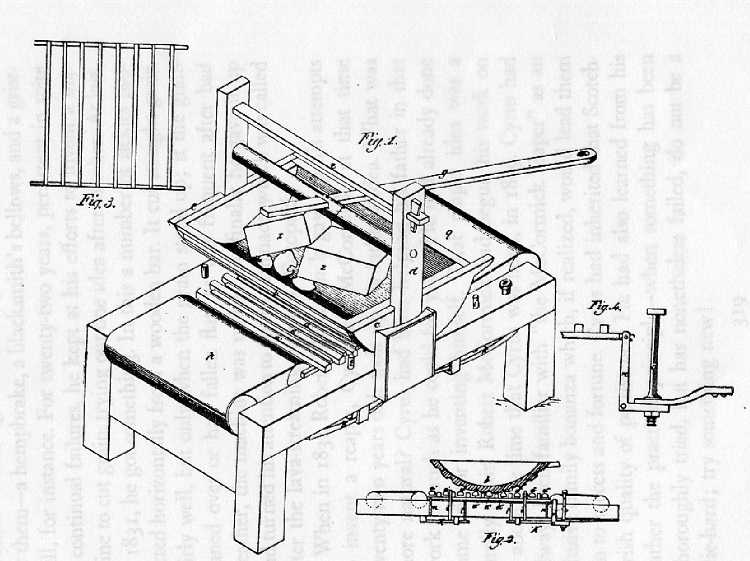
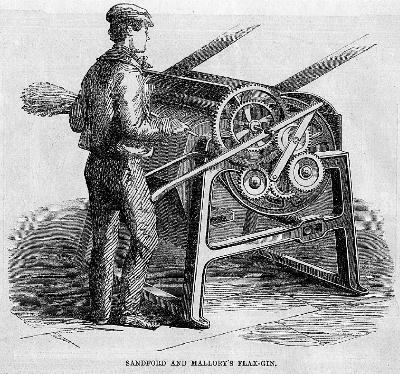
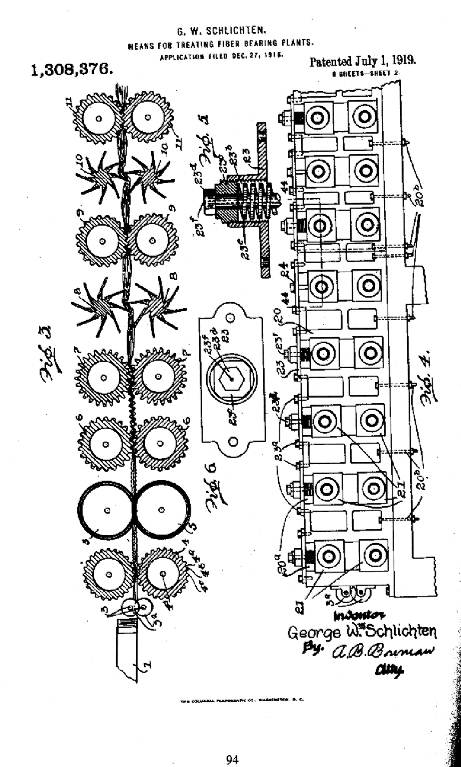
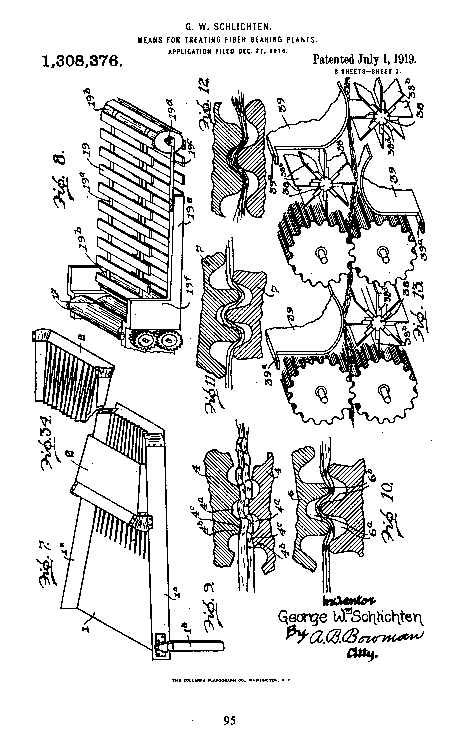
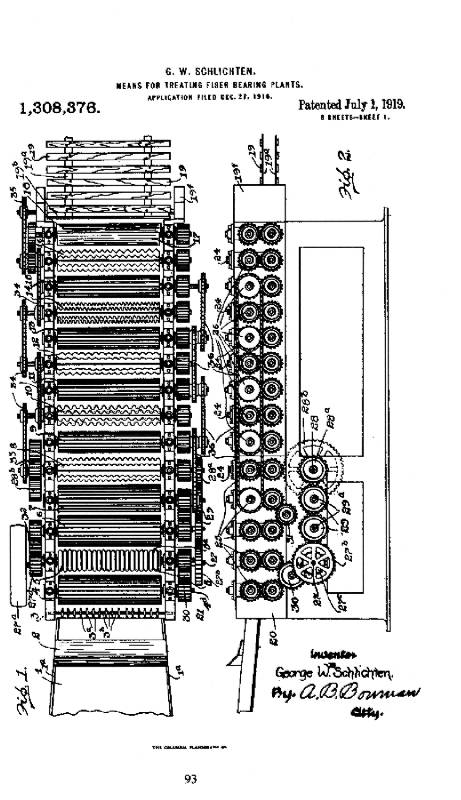

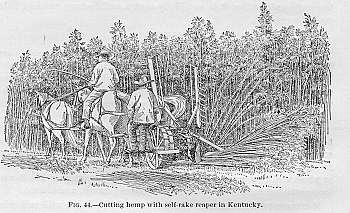
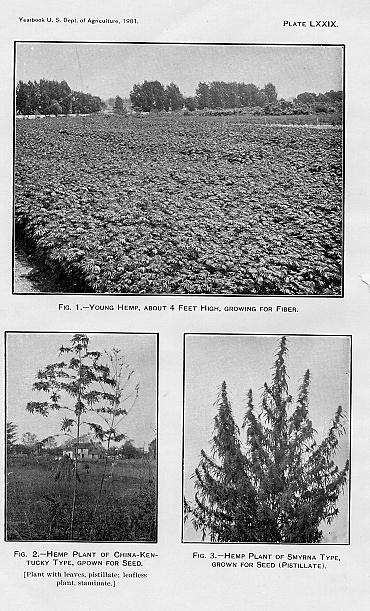
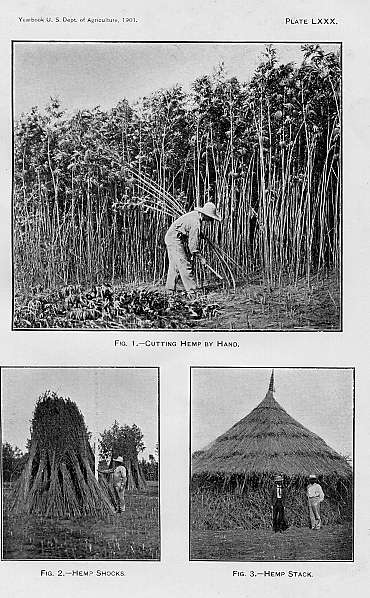
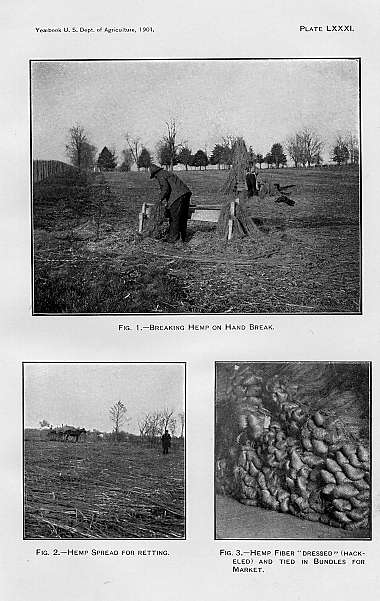
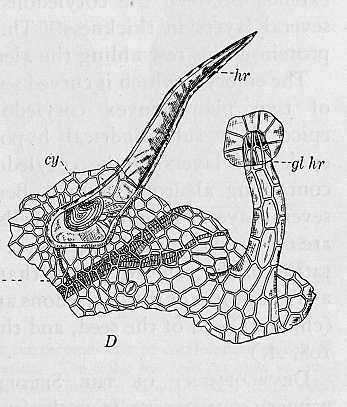
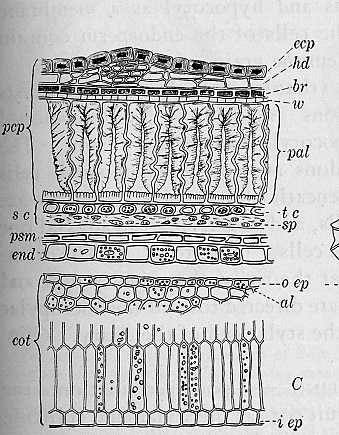
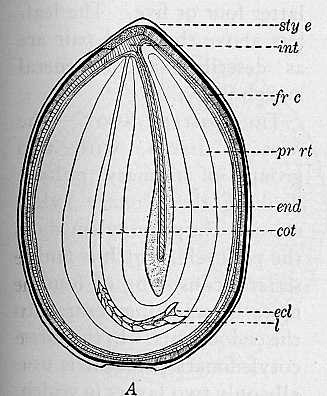
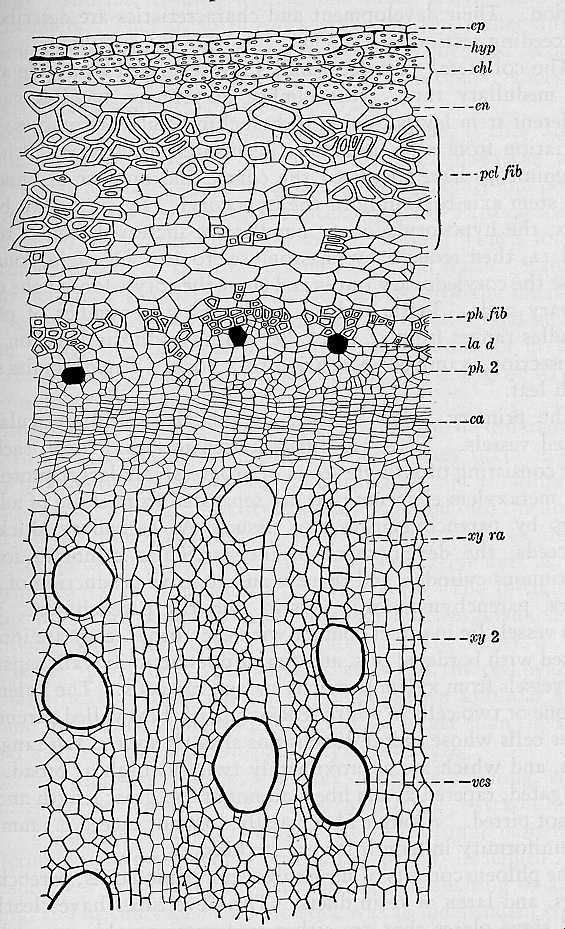
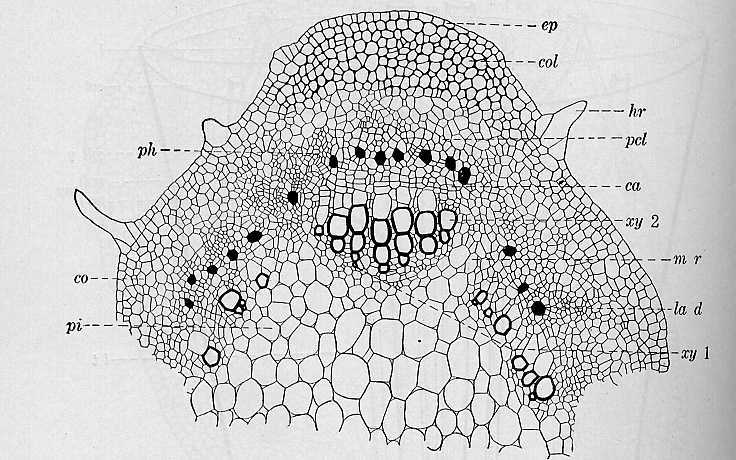
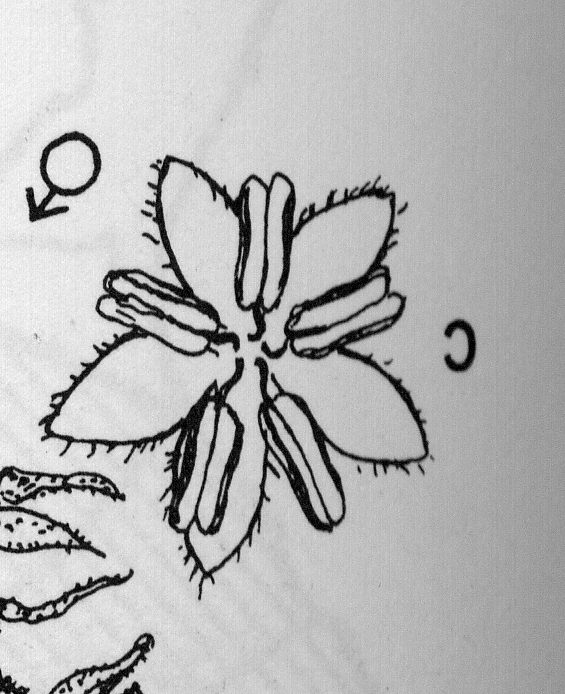

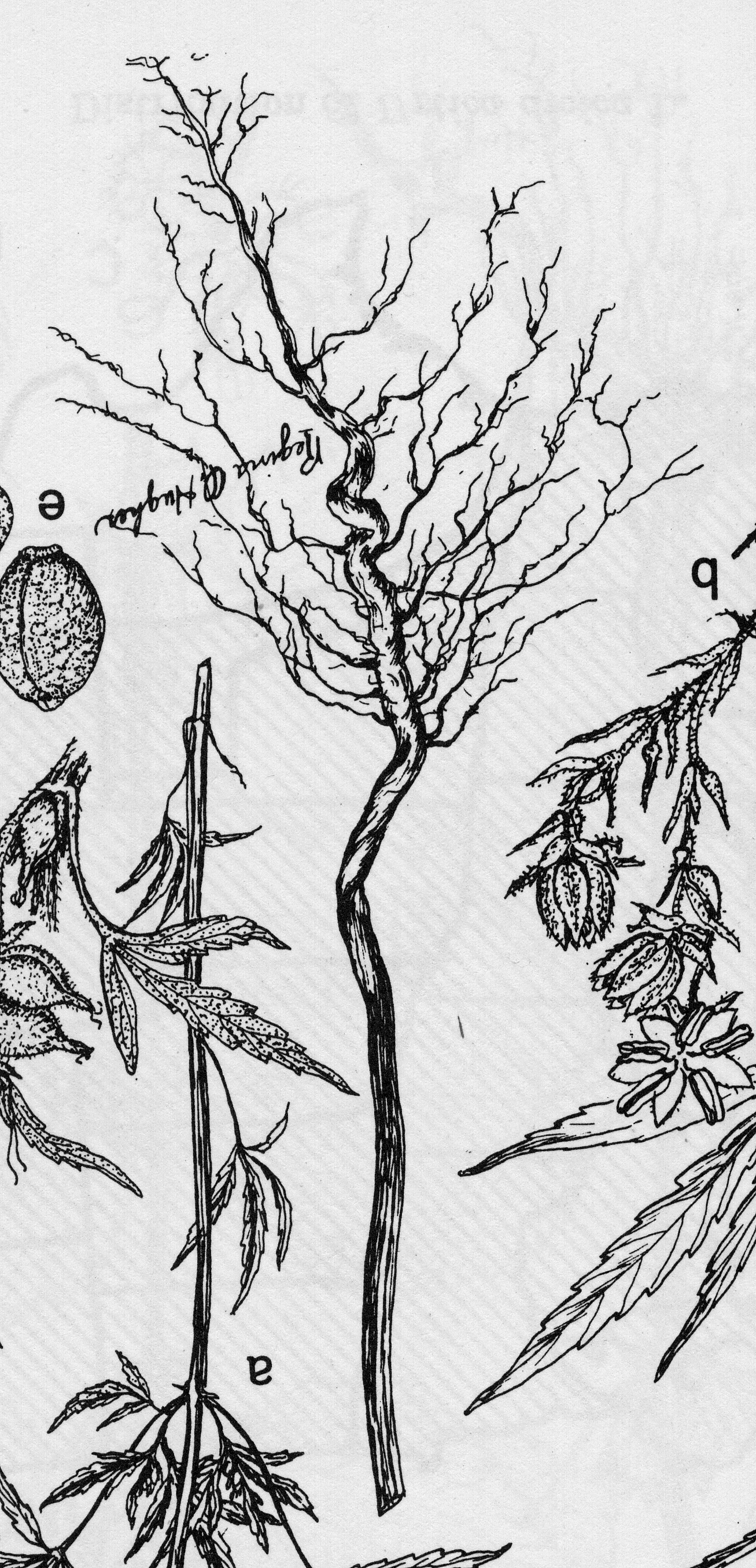
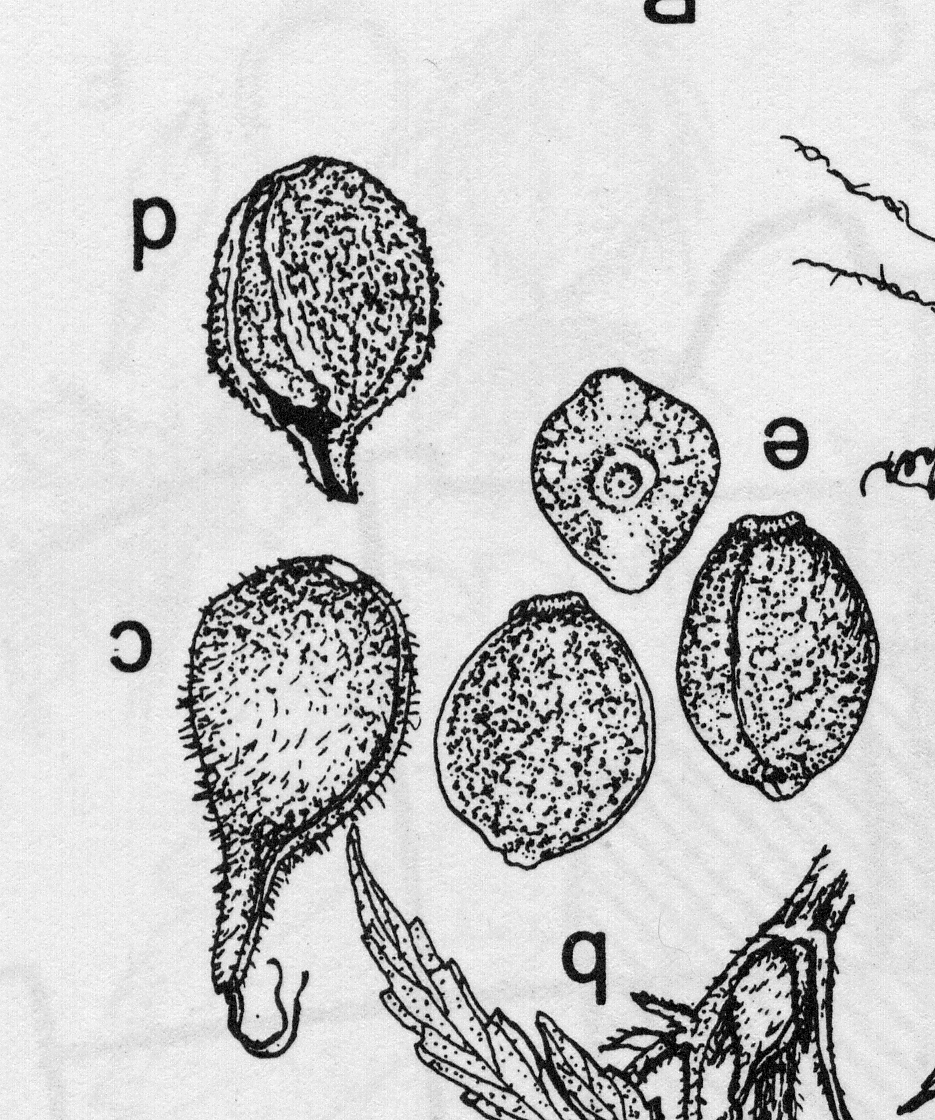
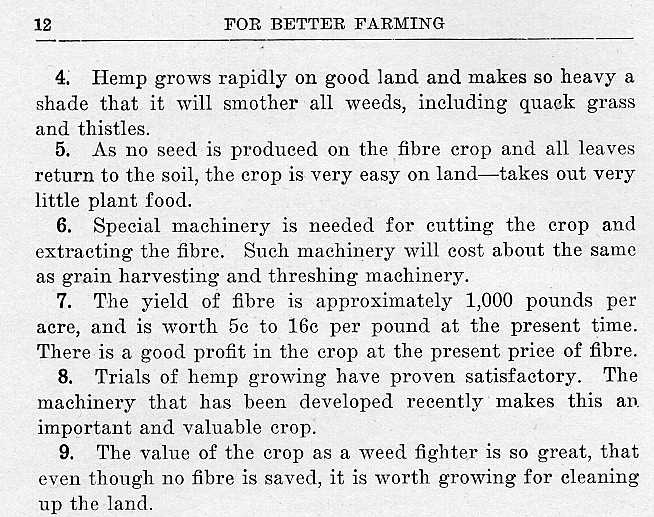
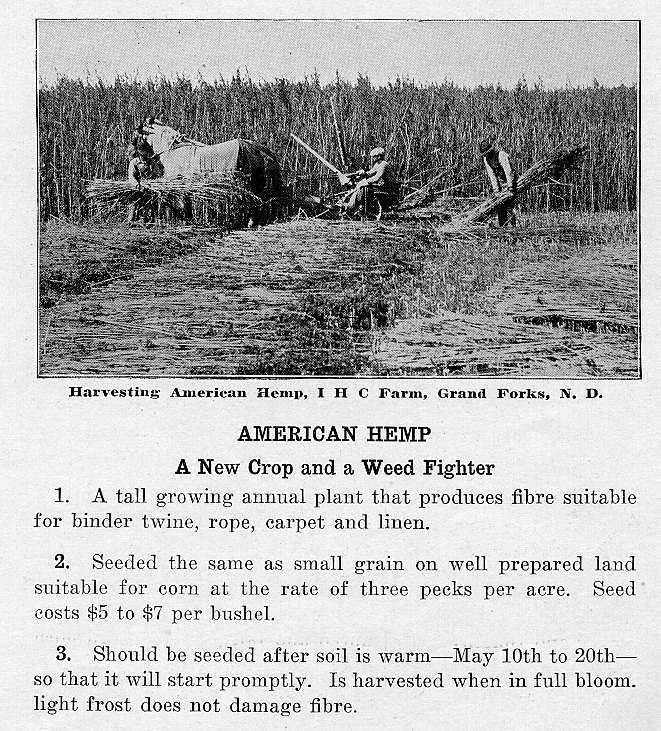
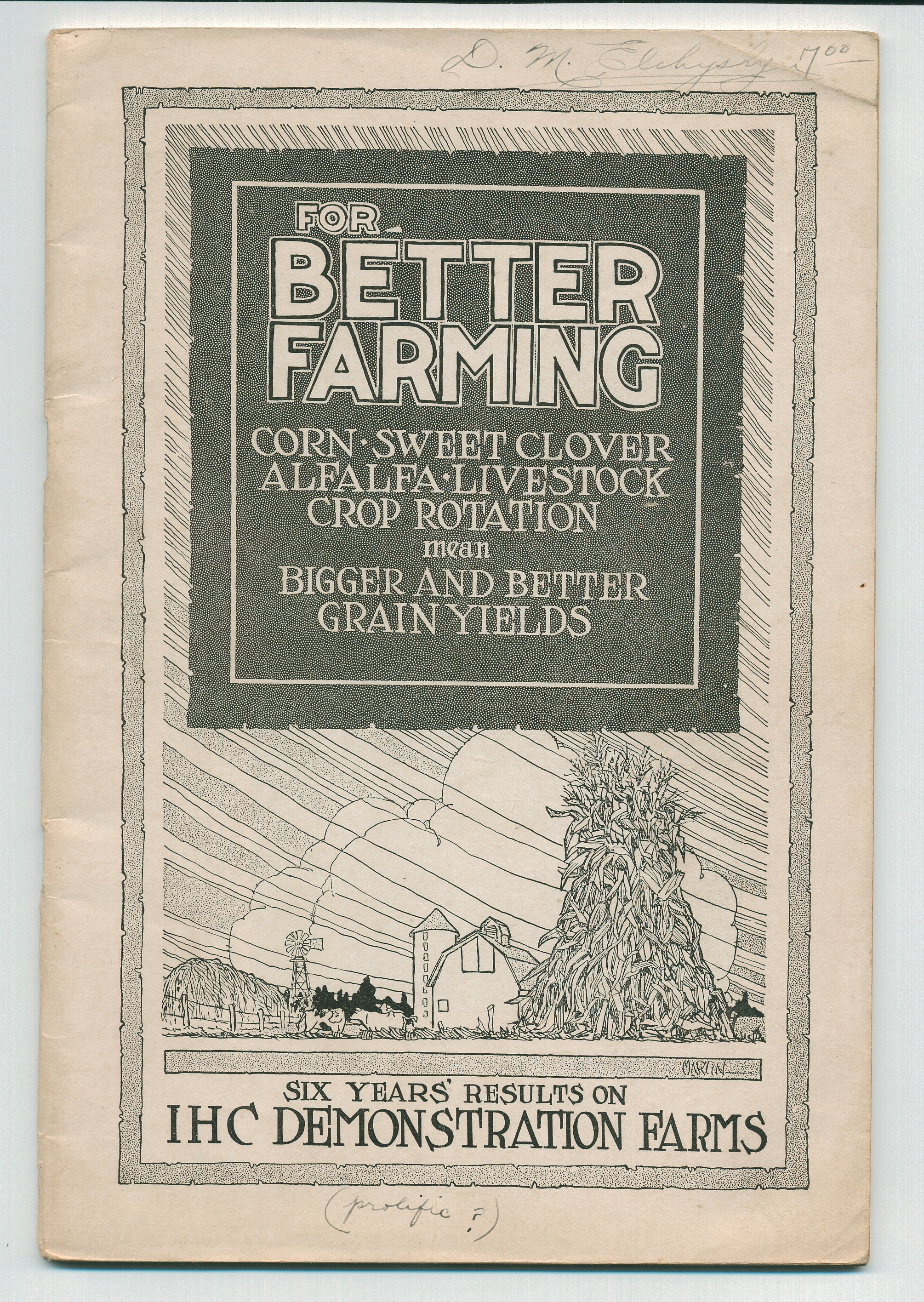
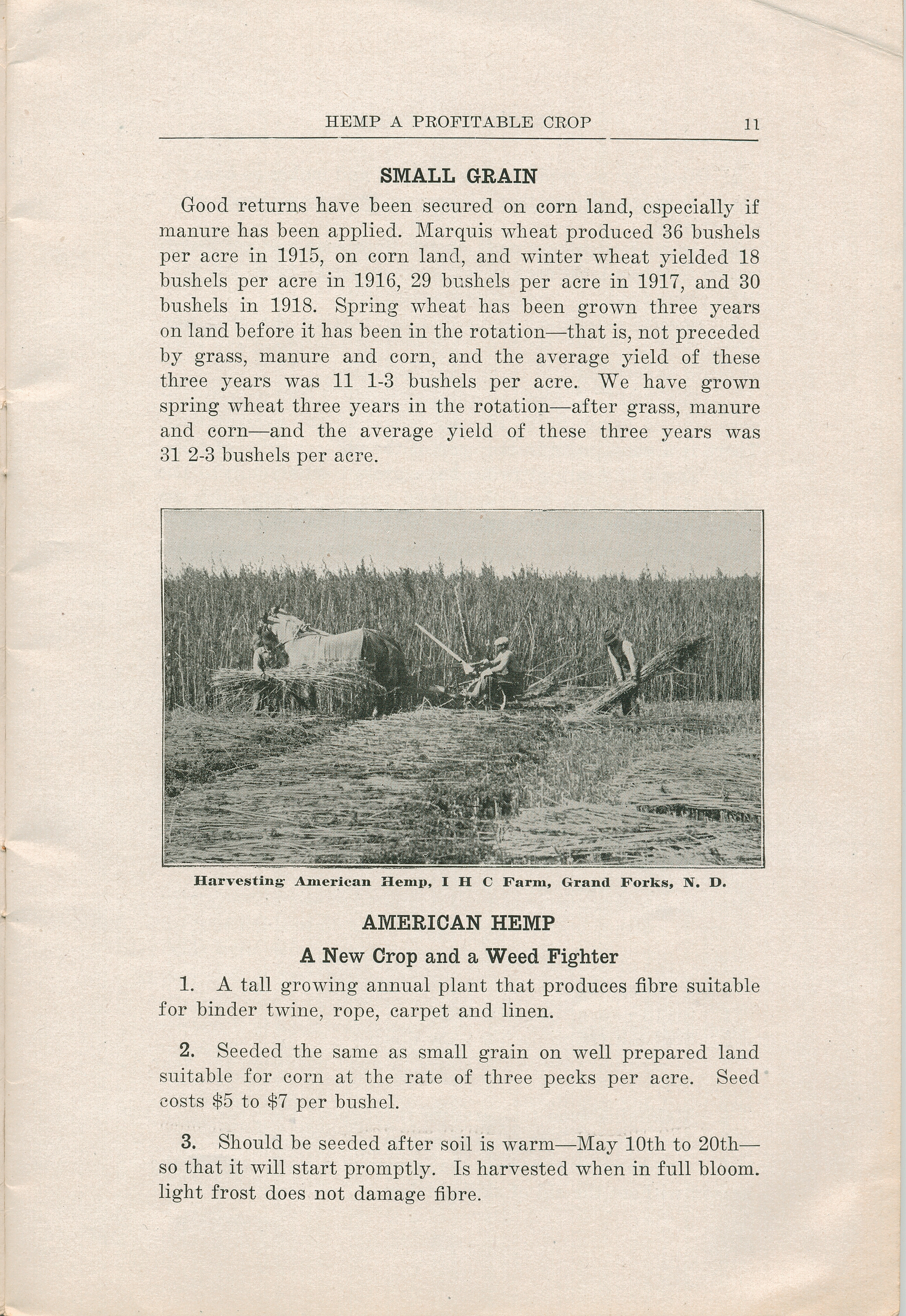
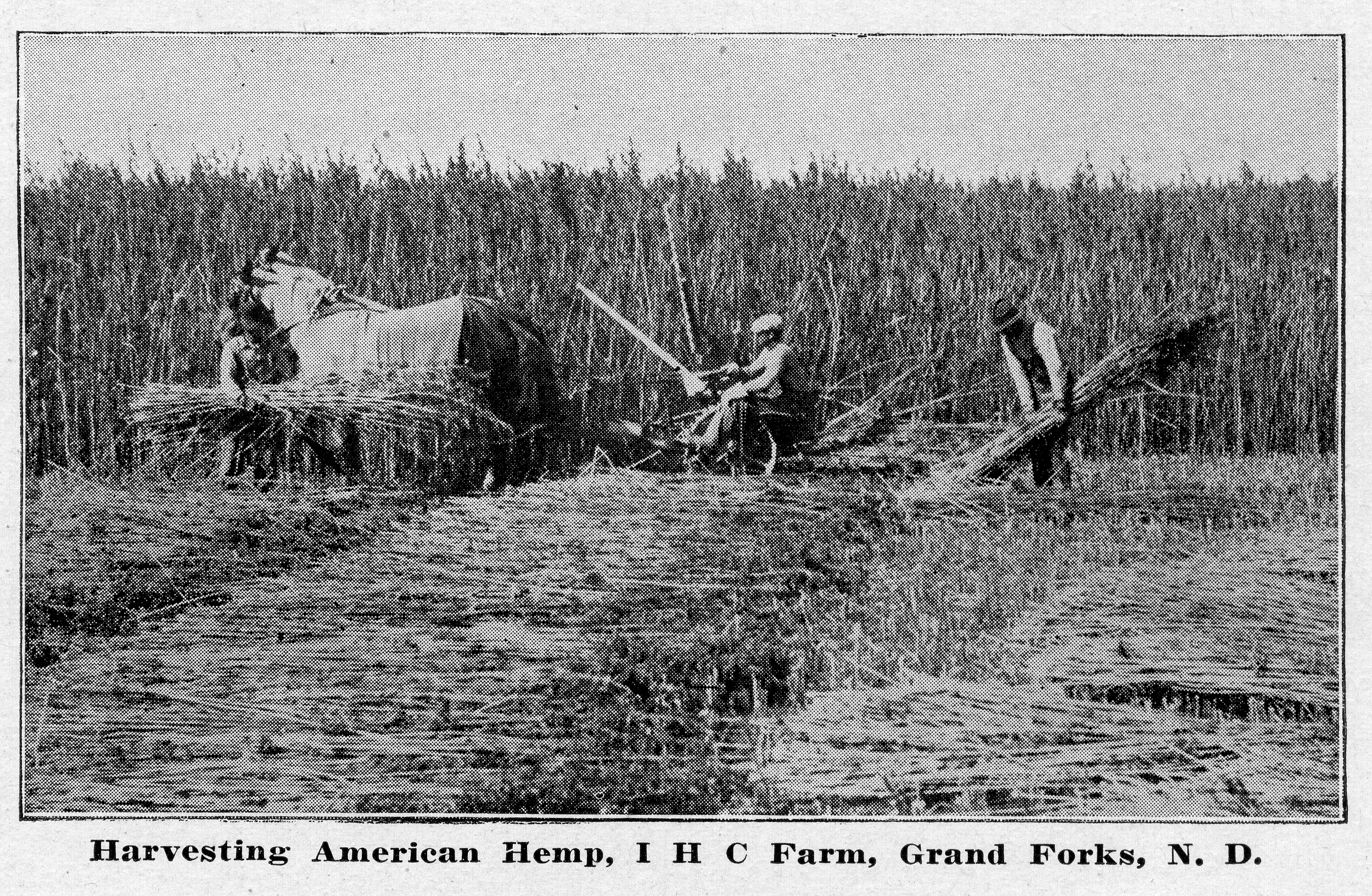
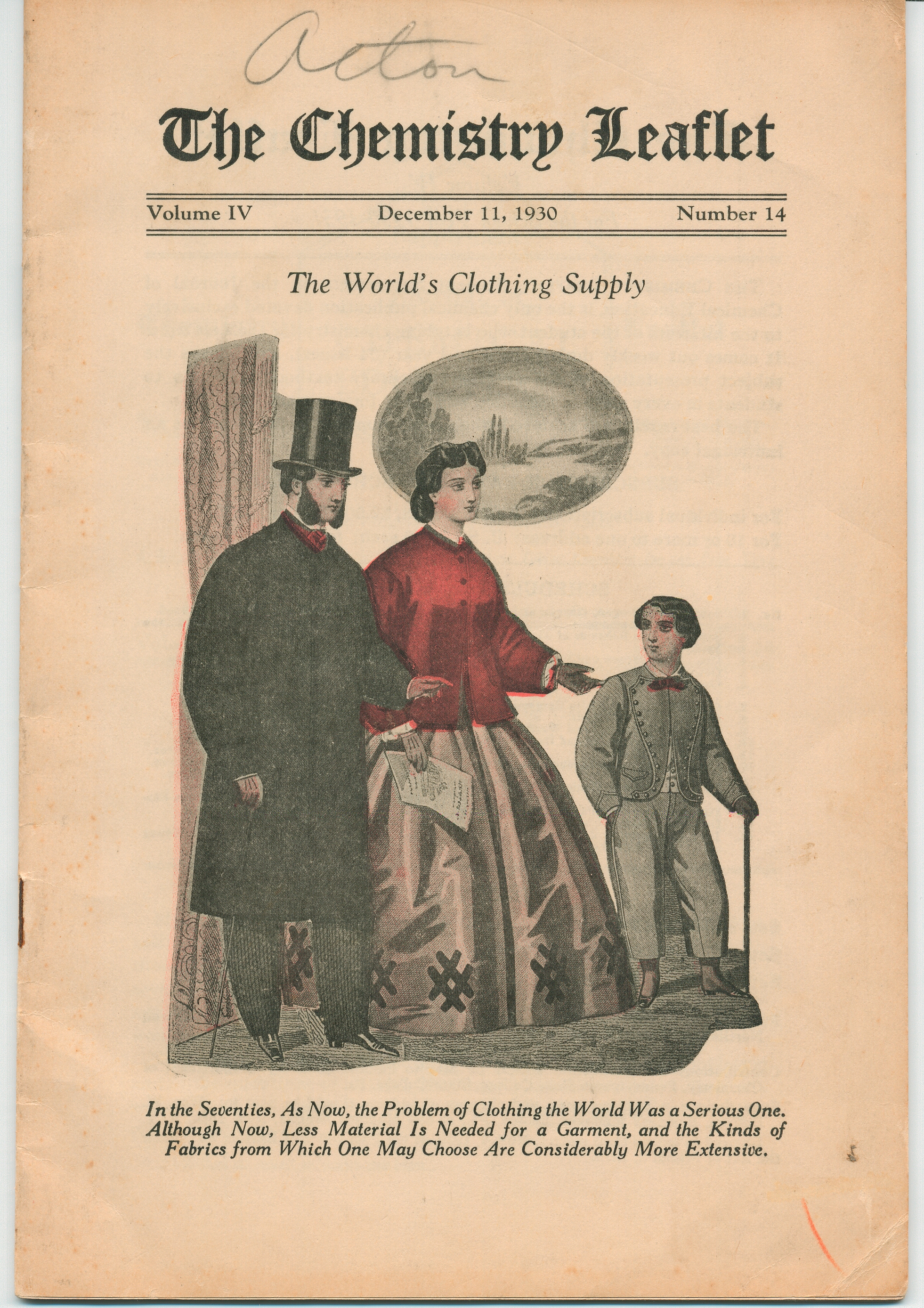
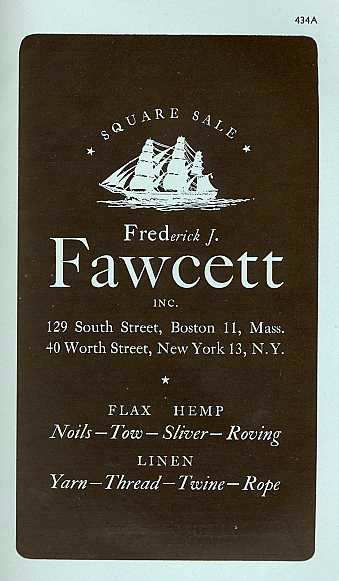
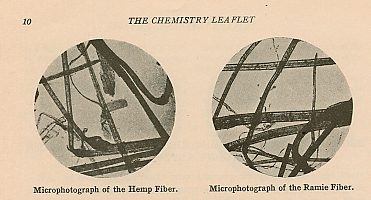
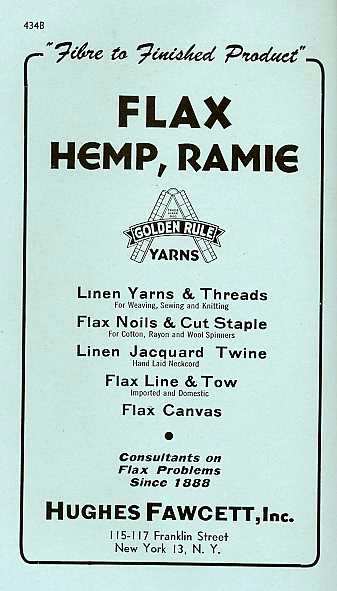
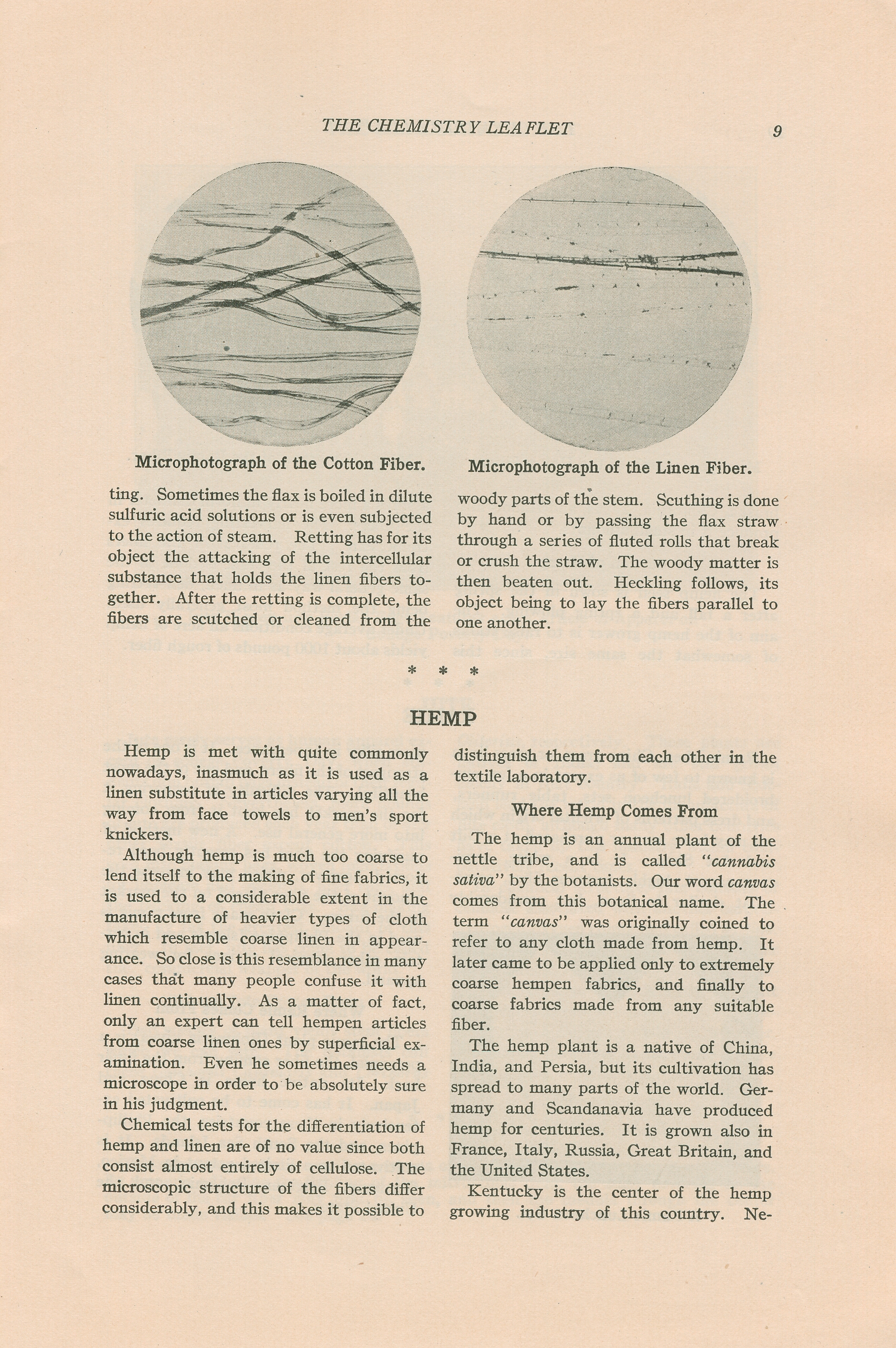
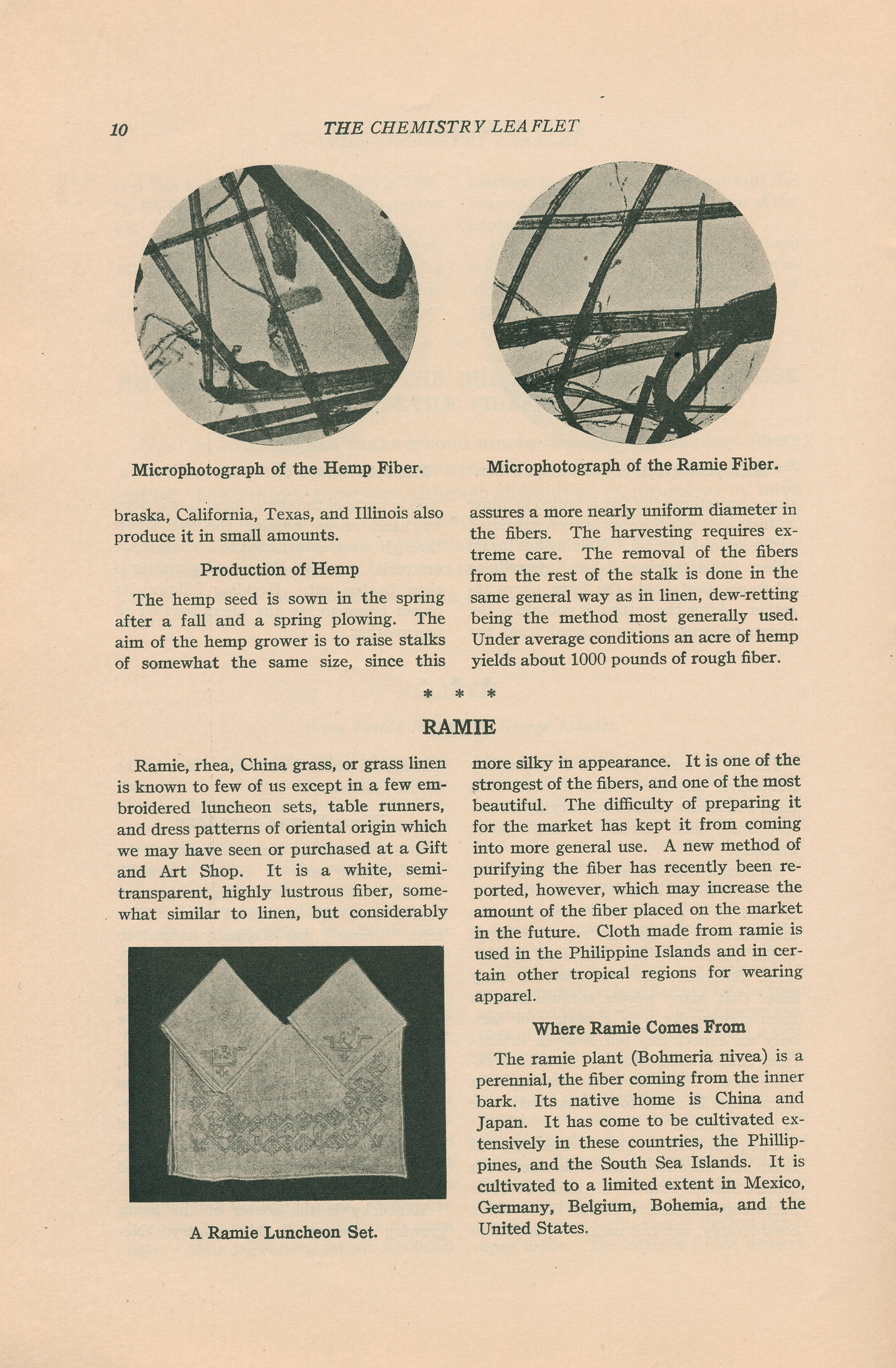
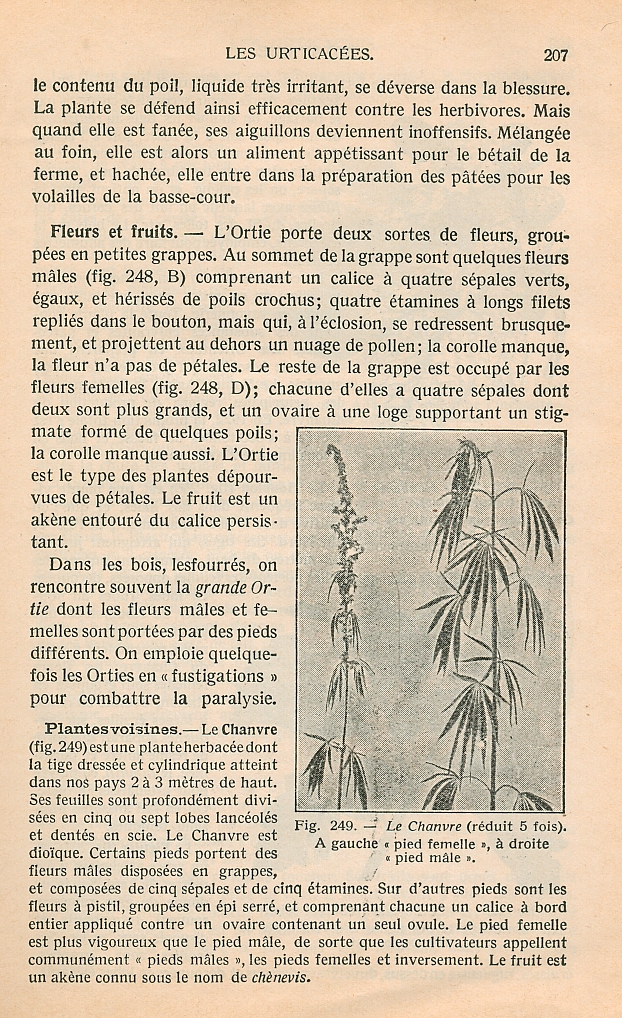
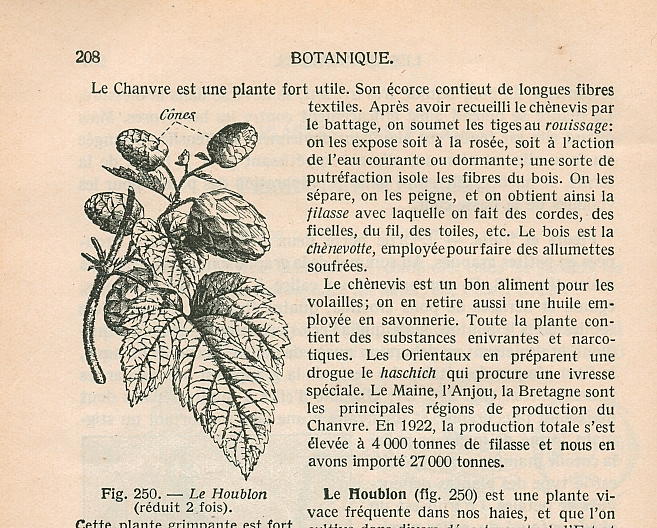
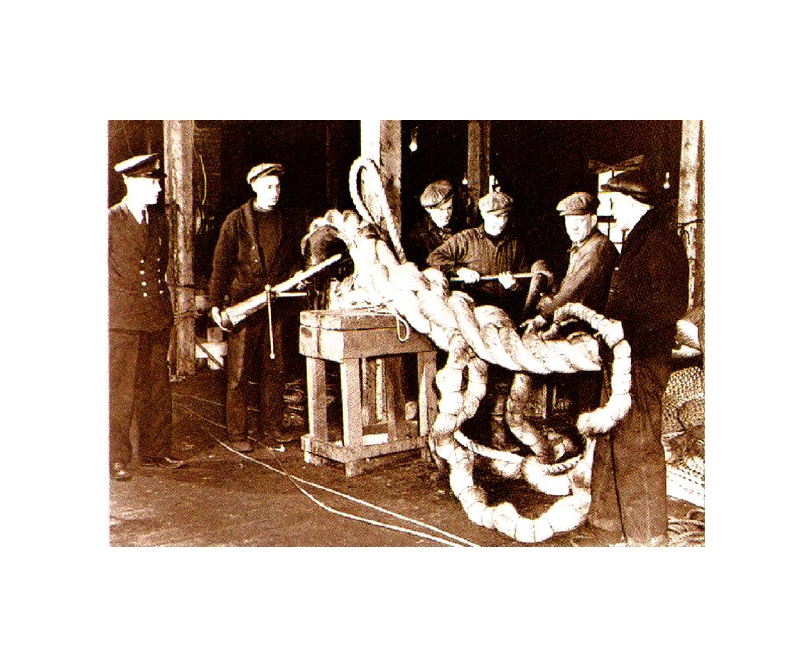






2 Responses to Chemurgy